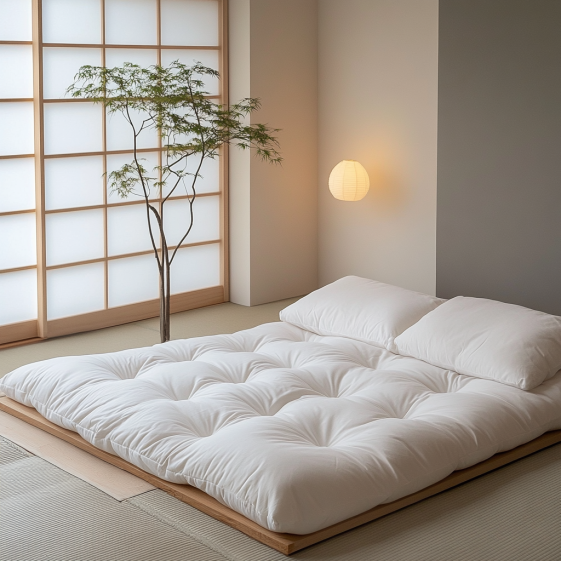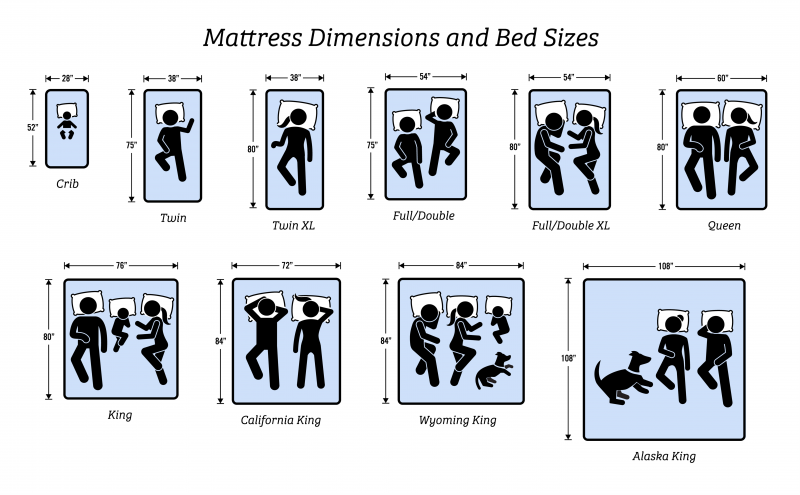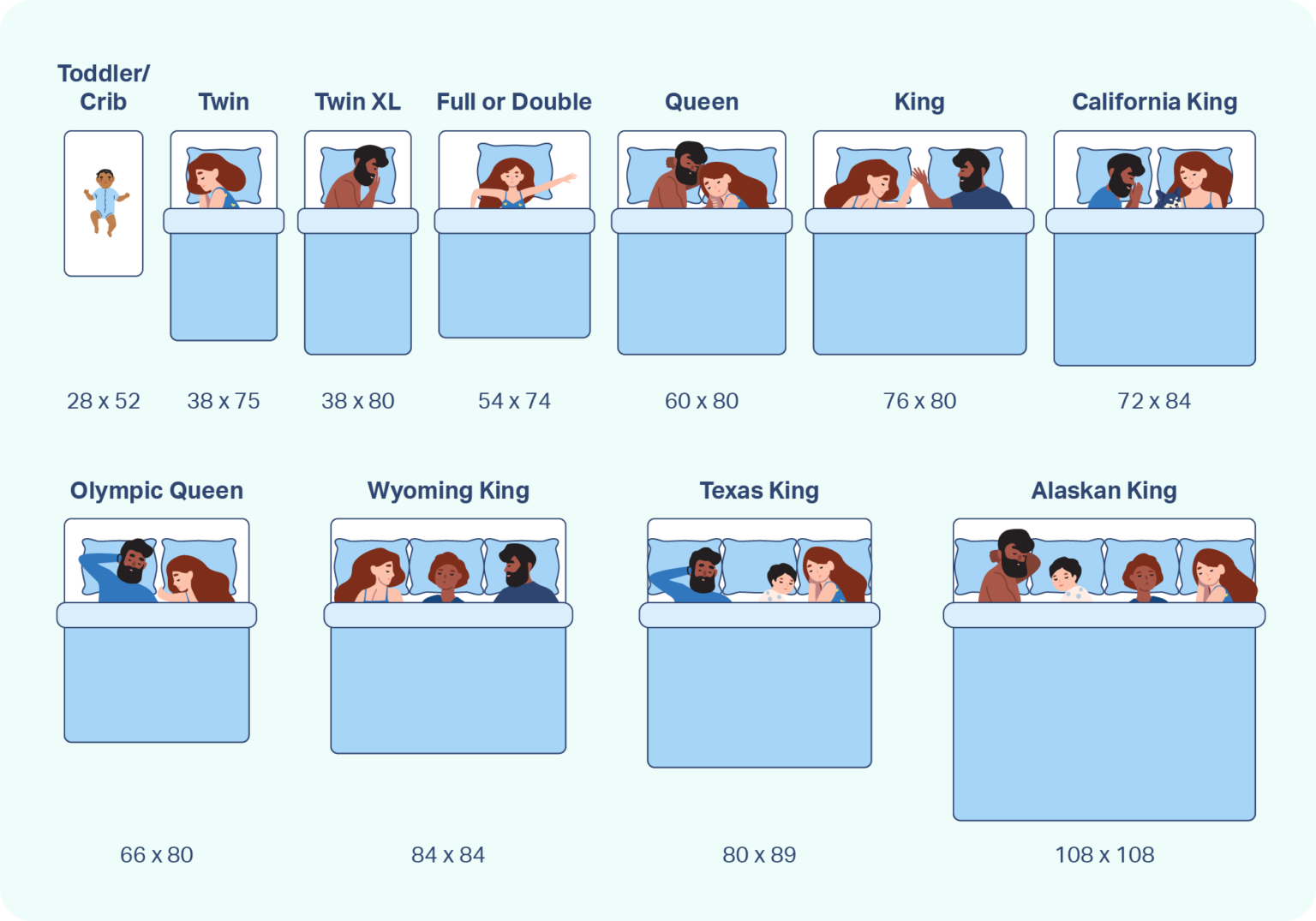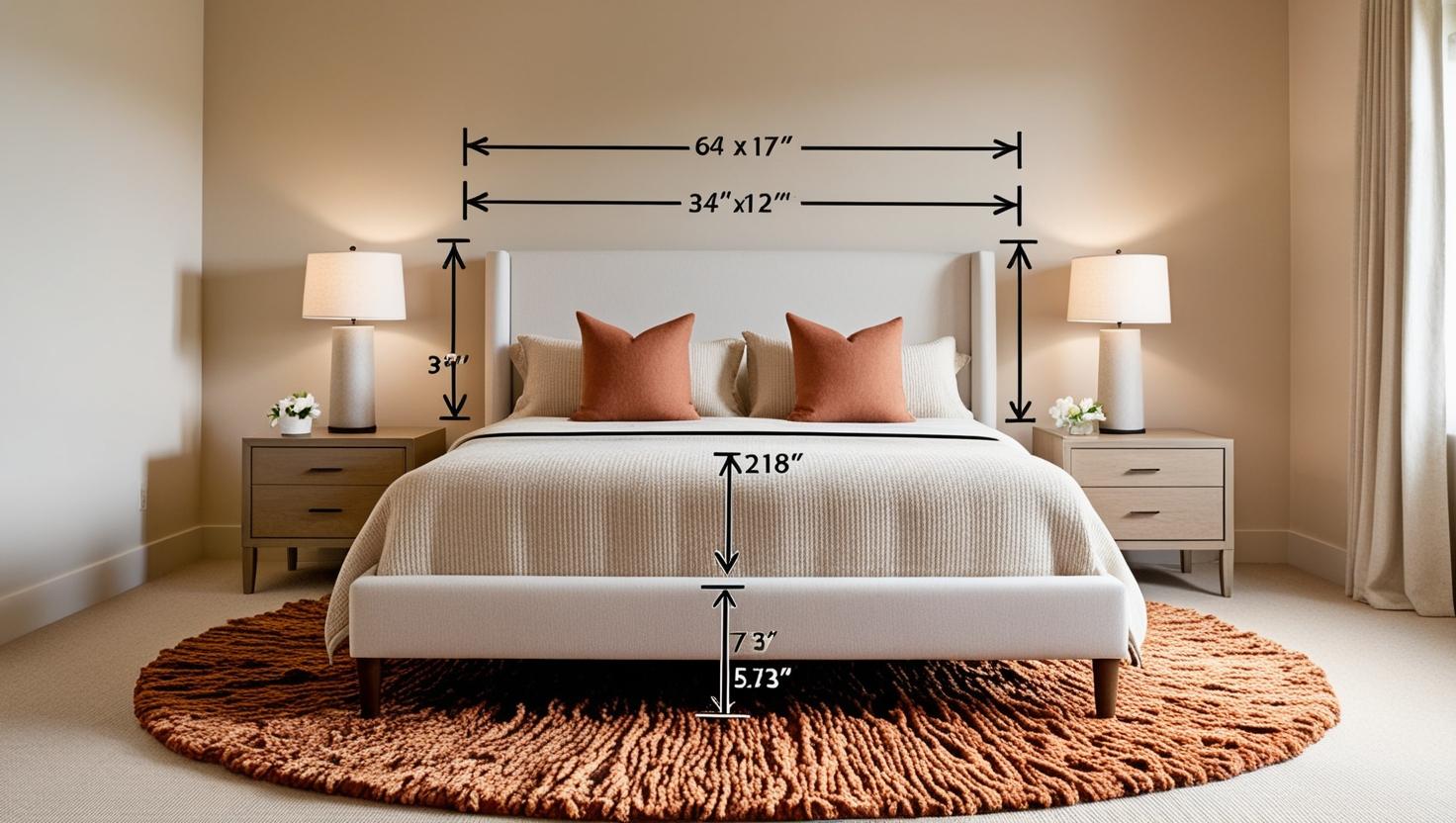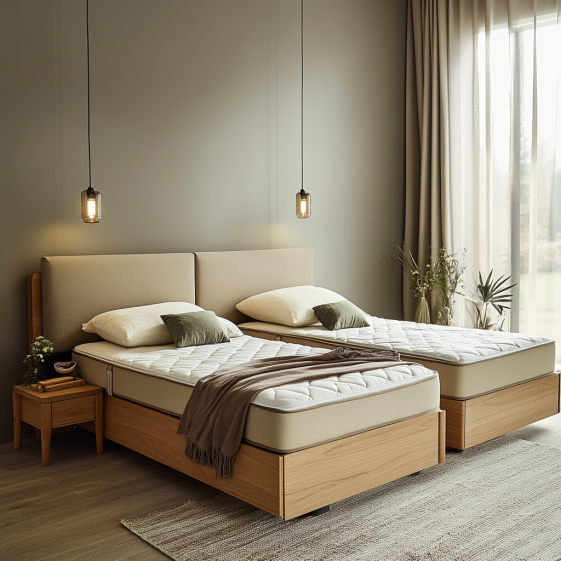Exploring the Japanese Futon: A Minimalist Approach to Sleep
Introduction
The Japanese futon is more than just a bed—it embodies a minimalist approach to sleep that prioritizes simplicity, space efficiency, and comfort. Unlike Western-style beds, futons are lightweight, flexible, and designed to be stored away during the day, making them perfect for small spaces and minimalist living.
In this guide, we’ll explore the history, benefits, and modern applications of the Japanese futon, along with tips on choosing the right one for your sleep needs.
📌 Related Read: Minimalist Bedroom Decor: Creating a Clutter-Free Sanctuary
1. The History and Cultural Significance of the Japanese Futon
The Japanese futon has been a staple of traditional Japanese sleeping arrangements for centuries. Unlike bulky Western beds, futons are designed to be rolled up and stored away each morning, freeing up space for other activities.
Key Features of a Traditional Japanese Futon:
✅ Shikibuton – A thin, foldable mattress placed directly on the floor or tatami mat
✅ Kakebuton – A thick, breathable duvet for warmth
✅ Makura – A small, firm pillow often filled with buckwheat husks
📚 Other Reads: The Japan House explains how Japanese futons align with traditional Japanese interior design, emphasizing space efficiency and comfort.
📌 Explore More: The Best Bed Designs for Small Spaces
2. The Benefits of Sleeping on a Japanese Futon
✔ Supports Spinal Alignment
Sleeping on a firm surface like a Japanese futon promotes proper spinal alignment by reducing pressure on the back and joints. Many users report improved posture and reduced back pain over time.
✔ Space-Saving & Versatile
Unlike bulky bed frames, a futon can be rolled up and stored, making it an ideal solution for small apartments, guest rooms, or multipurpose spaces.
✔ Hygienic and Easy to Maintain
Futons are breathable, easy to clean, and mold-resistant, making them a great choice for individuals prone to allergies.
📌 More on Sleep & Health: The Impact of Sleep on Health
3. Choosing the Right Japanese Futon for Your Needs
✔ Consider the Thickness
- Thin futons (2–3 inches) – Best for firm support and traditional setups
- Thicker futons (4–5 inches) – Offer a bit more cushioning for added comfort
✔ Material Matters
- Cotton-filled futons – Breathable and traditional
- Memory foam futons – Modern twist for extra cushioning
✔ Pair with a Tatami Mat
For added comfort, consider placing your futon on a tatami mat, which provides slight cushioning and enhances breathability.
📌 Related Read: Choosing the Right Mattress for Your Needs
4. Tips for Maintaining a Japanese Futon
✔ Regular Sun-Drying
To prevent moisture buildup and maintain freshness, air out your futon in direct sunlight every 1–2 weeks.
✔ Fluff and Rotate Frequently
Regularly fluffing and rotating your futon ensures even wear and prevents flattening.
✔ Use a Washable Cover
A removable, washable cover protects the futon from dust, sweat, and allergens.
📌 More Cleaning Tips: Mattress Hygiene: How to Keep Your Bed Fresh and Allergen-Free
5. Who Should Consider Sleeping on a Japanese Futon?
✔ Ideal for Minimalists and Small-Space Dwellers
If you value space efficiency and a clutter-free environment, a futon is an excellent alternative to a traditional bed.
✔ Good for Back and Joint Support
Individuals suffering from back pain may benefit from the firmer support of a Japanese futon.
✔ Perfect for Guest Rooms and Multi-Use Spaces
Since futons are easy to store and set up, they’re a practical solution for accommodating guests.
📌 More Sleep Options: Smart Beds: How Technology is Revolutionizing Sleep

Conclusion: Embracing the Minimalist Sleep Experience
The Japanese futon represents a simple, space-saving, and health-conscious way to sleep. Whether you’re looking to declutter your bedroom, improve your posture, or embrace minimalist living, switching to a futon may be the perfect solution.
For those seeking a more adaptable, hygienic, and culturally rich sleep setup, the Japanese futon offers a timeless alternative to traditional beds.
📌 More Sleep & Design Tips:
- Minimalist Bedroom Decor: Creating a Clutter-Free Sanctuary
- The Science of Sleep: Understanding Sleep Cycles


